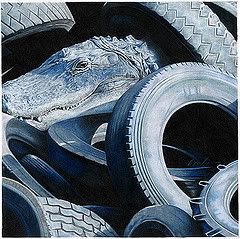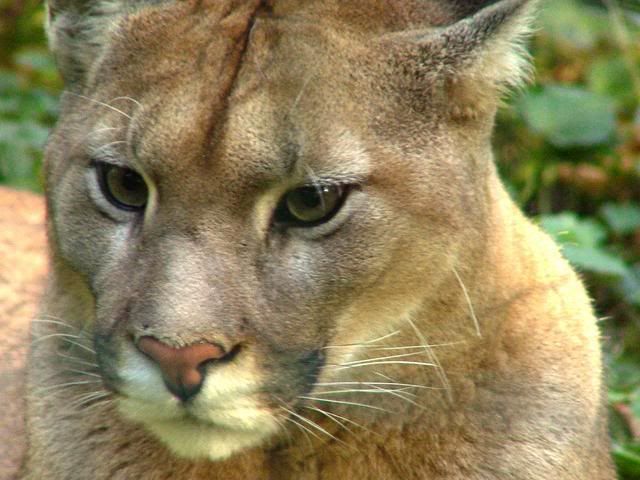
Photo Left: River 3 Copyright by Don Simon
If you happen to venture down to Los Angeles this weekend for the Blessing of the Animals at Olvera Street be sure to stop by the Timothy Yarger Fine Art Gallery to view the art work of Don Simon who is a unique environmental artist.
His work is considered to be NATURE 2.O–the recognition and celebration of new era in art, environmental awareness, and community action.
This exhibition is also a unique collaboration between artist, community leaders, environmental activists, and the fine art community of Los Angeles since the proceeds from the exhibition will benefit Million Trees LA, a project of Los Angeles Mayor Antonio Villaraigosa.
This Beverly Hills exhibition is the latest evolution in Don Simon’s Unnaturalism Series and will be on display until April 24, 2009 (my birthday!).
Don Simon uses colored pencils and a surrealistic style to speak about the conflict between nature and industry to illustrate the concept that mankind has been less than kind to their cohabitants on the planet.
“Humans build, produce and consume with little or no regard to the impact it has on the environment. It is the nature of nature to adapt and evolve in order to survive, and we are forcing other species to deal with compromised, damaged or destroyed ecosystems.”
Accomplishments include:
- Receipt of the prestigious New Jersey State Council on the Arts Fellowship in 2008.
- A Full Artist Fellowship from the Vermont Studio Center in 2008.
Don’s work has appeared in solo and group shows and in galleries and museums across the country and Europe and some of his previous venues include:
- Verge – The Bridge Art Fair Berlin, Germany.
- Pentimenti Gallery, Philadelphia, PA.
- L.A. Art Show
- Windham Fine Arts, Windham, NY.
In addition, his work has twice been selected for publication in New American Paintings and he has been published as an Emerging Artist of 2006 in Direct Art magazine, and in the ArtPeriscope Calendar.
Don Simon’s work is also curated and published for European distribution out of Czestochowa, Poland.
If you are an art buff don’t miss this show.
 An article revealing the statistics behind cougar attacks has just been published in Antrozoos.
An article revealing the statistics behind cougar attacks has just been published in Antrozoos.
